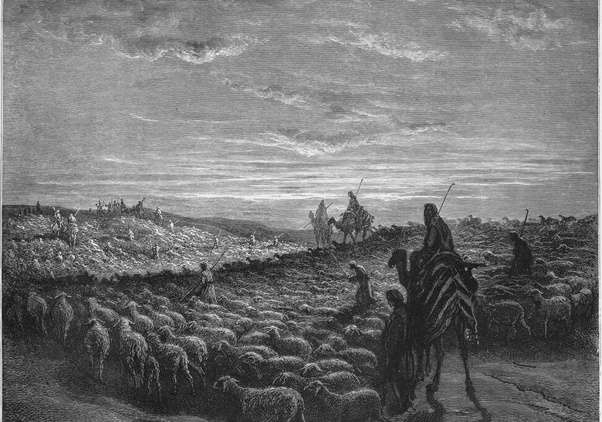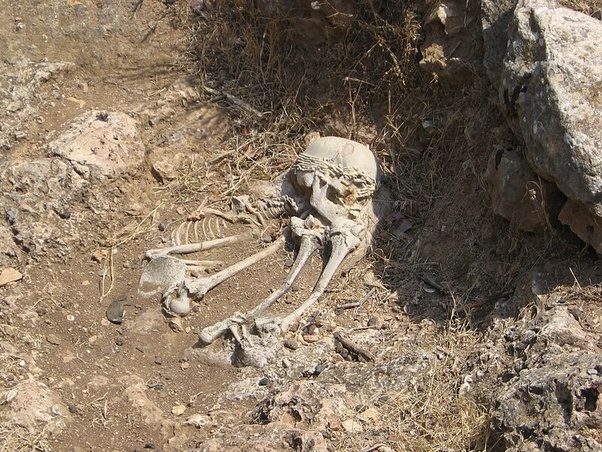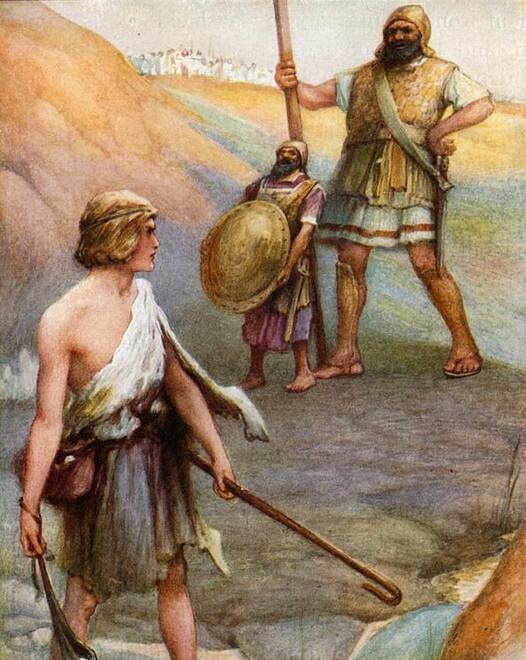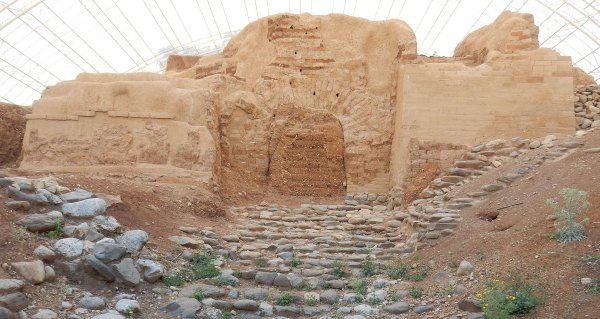Much of what we know about ancient Israel’s earliest inhabitants comes from archaeological evidence. The land was raw and harsh. The people who lived there before the Jewish civilization were tough as rocks.

The Canaanites held the land first. They built cities with stone walls thick as a man’s body–Their temples rose high, and they worked–bronze and copper in hot fires. These people weren’t soft–They farmed the hard ground and raised sheep on the rocky hills. The evidence sits in layers deep in the earth at places–like Megiddo and Hazor.

Before them came the Natufians–They were hunters who learned to stay in one place. They made their homes in caves and built stone houses–They ground wild wheat with stone tools. The climate was changing then, getting warmer. The ice was going away–These people adapted or died.
Even earlier were the first modern humans who reached this land. They came up from Africa–around 100,000 years ago. They lived in groups and hunted with stone tools. They buried–their dead with care–The caves at Mount Carmel still hold their bones.

The land changed hands many times. The Amorites came down from Syria–The Philistines sailed in from across the sea. Each group left their mark in the earth–broken pots, stone walls, metal tools. They all wanted this hard land between the sea and the desert.
¶The truth is in the ground. The picks and shovels of archaeologists tell us what happened. But some things we’ll never know–The wind and rain have worn away much of the evidence. What remains is hard facts in hard earth.
The Canaanites. There is unfortunately limited info on them.

The oldest source opens up a can of worms, because it’s the historic account provided by the Hebrew scripture. For the possible atheists in the audience note that even Homer’s Illiad was built around an historic event.
According to scripture, the Canaanites got their name from their founding father: Canaan. We know for a fact the area was known as Canaan, because similar word ki-na-aḫ-na show up on Egyptian clay tablets in a diplomatic correspondence refering to the area. And the Babylonian word for purple dye (a luxury item in ancient days) was Kinahnu, rreferring to where it was produced on the Mediterranean coast.
What is also definitely known about Canaanites is they practiced copious amounts of human sacrifice. At one archeological site, a raised stone alter with Canaanite inscriptions is placed to be visible to a large audience. The altar is full to the brim with human skulls, and a mass grave with the corresponding bodies is nearby. Many of the bones show signs of being burned before death.
According to scripture, the Canaanite’s worshipped the Dog god Baal and the greatest sacrifice was first born sons. Very few statues of Canaanite gods have been found, which is consistent with the scriptural history how the Hebrews later outlawed the sacrifices and smashed all the idols beyond recognition.
The Canaanites were also highly oligarchic and lived in city states. We see from Egyptian records that a large number of princes swore oaths on behaft of individual towns. In the scriptural saga, the Hebrews felt free to make wars and peace with individual towns. At the same time, many larger towns assumed jurisdiction over neighboring villages and it appears these overlord systems were ambiguously defined. Also note what is translated in the written sources as “walled city” was generally more akin to a “fortified settlement.” These were normally mud brick or stone houses arranged in a circle to enclose a central public square. These settlements where generally put at the tops of hills with its resident’s farms in the valley below.
The Canaanites were also knee deep in regional wars and politics. By inscriptions in Egypt we learn of the earliest recorded battles at Megiddo and Kadesh. The Egyptians partially ruled Canaan through a patchwork of allies and vassels. With Megiddo the King of Kadesh (in modern Homs governate of Syria) lead a faction that broke away from the Pharoah. After a sharp battle and siege at Megiddo they surrendered on terms and many Canaanite princes went to Egypt to swear oaths to Pharoah. The Battle of Kadesh was similar in the Hittites (from modern Turkey) intervened and attempted to ambush the Egyptian army as it moved to besiege Kadesh. The Pharoah proclaimed victory, but the battle itself was a stalemate and rebelling towns remained out of Egypt’s hands.
Where did they go? Well, they never went away completely. Most of them intermarried with the Hebrews that migrated into the region. In scripture, it’s recorded that cross-religious and inter-ethnic marriage was extremely common in some periods despite attempts to ban the practice. The mixed race people were called Samaritans, although by the time the name appears it is highly unlikely there were any Hebrews that did not have some Canaanite DNA in them. In the many migrations that occurred in the centuries with the Greeks and Romans, the Hebrews leaving, the Mohammadans coming, the Crusader states, the Ottomans, and the Jews coming back means the Canaanite DNA is now literally all over the world. A few hundred Samaritans, the descendants of a schizm within Judaism, live in Israel today. They exist because marrying outside the group equals leaving the group, one of many tiny anachronisms in that part of the world. The Samaritans are dwindling in number due to inbreeding.






